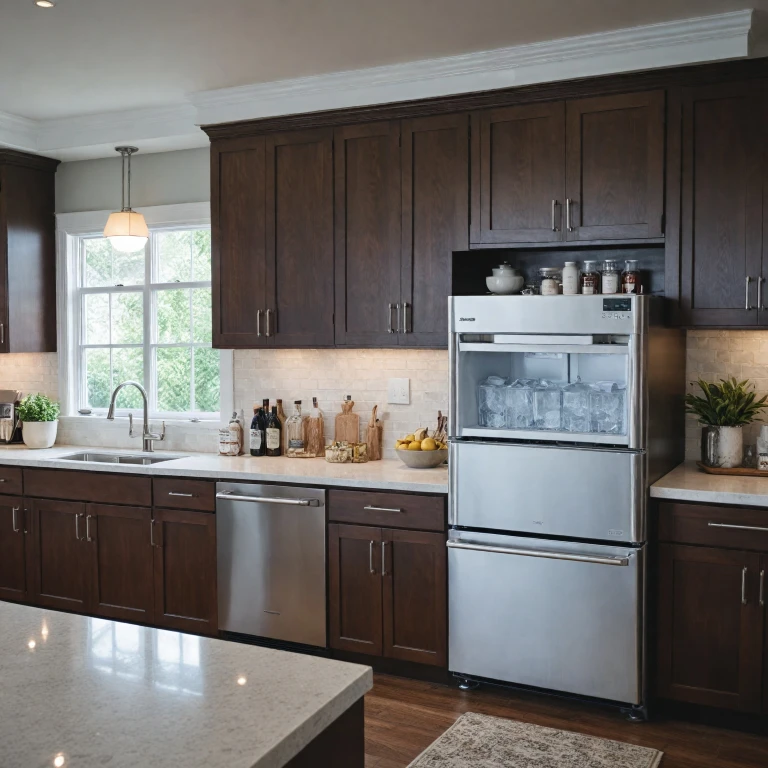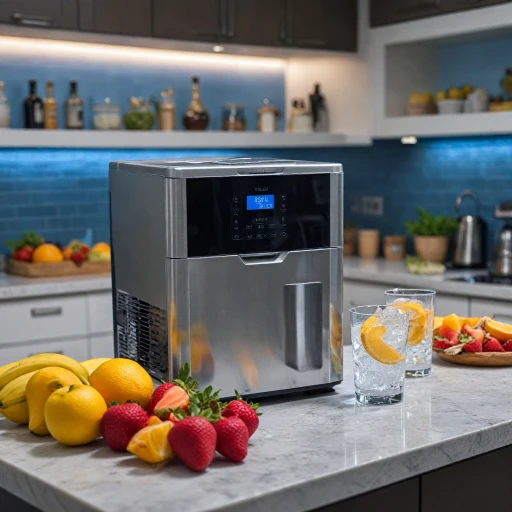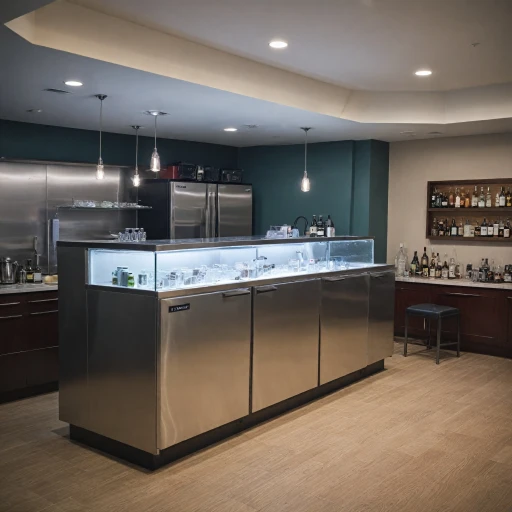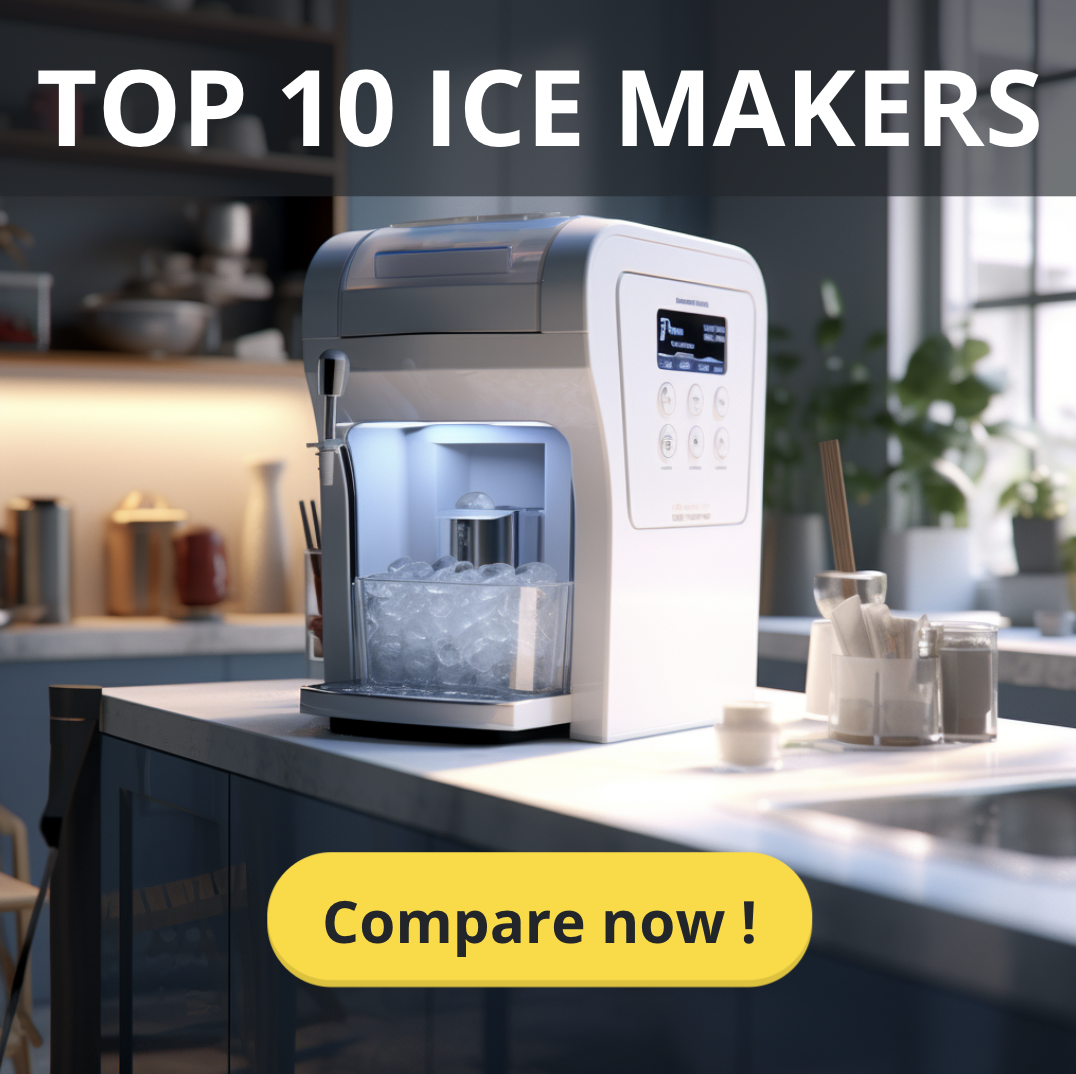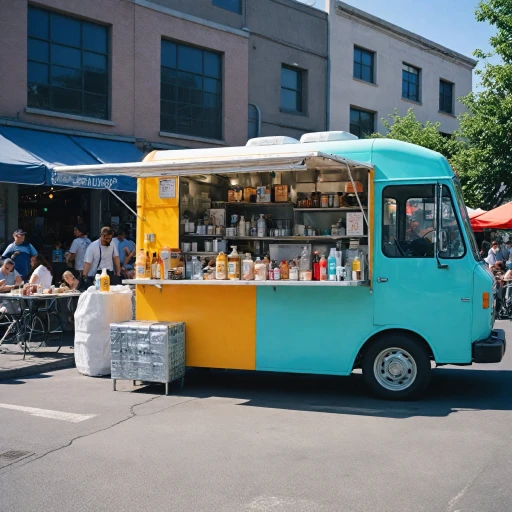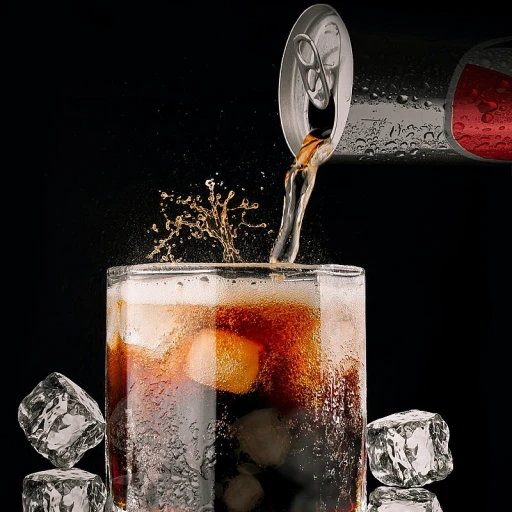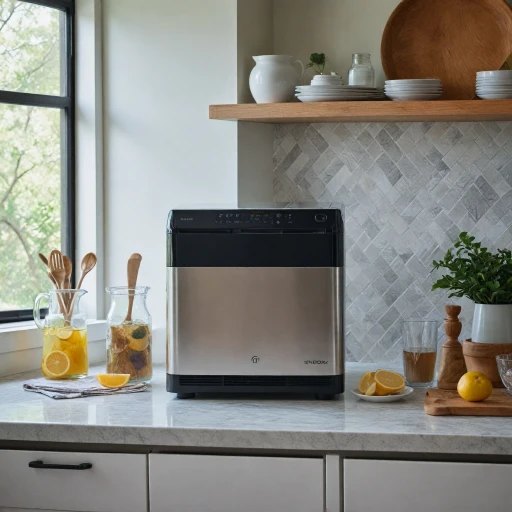Understanding Your Ice Production Needs
{"h3":"Assess Your Ice Production Requirements"Before investing in a 500-pound capacity ice machine, it is crucial to thoroughly assess your ice production needs. Whether you're running a bustling restaurant, a high-traffic hotel, or a busy event venue, understanding specific requirements will ensure you choose a machine that can keep up with demand.
- Daily Ice Usage: Calculate the total daily lbs of ice needed. Consider peak times and potential growth to avoid a scenario where the machine struggles to meet demand.
- Type of Ice: Determine if your operations require ice cube shapes such as full cube, half dice, or specialty shapes. Each type has unique melting rates and surface areas, influencing the choice of machine.
- Class and Scale: Whether you need an air-cooled machine or a water-cooled model, knowing your establishment’s scale helps in selecting an efficient machine that fits seamlessly into your setup.
- Purpose and Environment: If it's intended for commercial use or high-volume venues, ensure reliability and durability. Options like a stainless steel body resist wear and maintain performance.
If your business is hospitality-related, you might find additional insights from this helpful guide\ designed for hotel operators.
"}Types of Ice and Their Uses
Variety of Ice Types for Different Applications
When selecting a 500-pound capacity ice machine, considering the type of ice produced is crucial. Different types of ice not only affect the efficiency of different applications but also play a role in customer satisfaction and specific business requirements.- Full Cube Ice: Ideal for bar and restaurant settings, full cube ice melts slowly, keeping drinks cold longer without diluting them. It's an excellent choice for those looking to enhance the presentation of spirits and cocktails.
- Half Dice Ice: Known for its versatility, half dice ice works well in both beverages and for food preservation. This type often suits fast-food industries where quick cooling and adaptability are needed.
- Crescent Ice: Commonly seen in convenience stores and cafeterias, crescent ice allows for excellent liquid displacement, ensuring drinks are filled appropriately without excess melting.
- Nugget Ice: Loved for its chewability, nugget ice is perfect for healthcare facilities and convenience stores. It's also referred to as "chewblet" ice and is a go-to for establishments focusing on customer comfort.
Deciding Between Air-Cooled and Water-Cooled Options
The type of cooling system—air-cooled or water-cooled—is another essential factor. An air cooled machine is usually more energy-efficient and suits open or ventilated spaces. In contrast, water cooled machines can be better for locations with limited airflow, though they may incur increased water usage and cost. When assessing cooled ice machines, consider your location's climate as well. Hotter climates might benefit from water cooled systems to maintain consistent ice production.Understanding Ice Storage Requirements
Consider the size of the storage bin required for your commercial ice machine. A properly sized ice bin ensures you always have ample ice supply without overproduction, which can result in wastage. Additionally, think about the ice machine's efficiency concerning how fast it can replenish the bin. An ice matic with optimized ice storage and retrieval processes enhances operational flow, especially in high-demand scenarios. To learn more about matching specific ice maker features to your unique needs, explore the options at choosing the right marine ice maker.Key Features to Look for in a 500-Pound Ice Machine
Essential Features to Consider in a 500-pound Capacity Ice Machine
When selecting a commercial ice maker with a 500-pound capacity, it's vital to consider several key features that ensure efficiency and reliability. Here's a comprehensive list of aspects to focus on when reviewing your options:
- Ice Type and Cube Size: Determine your preference for ice types, such as full cube, half dice, or other forms like cube ice typically used in various commercial applications. This choice impacts both the utility and suitability of the ice machine for your specific needs.
- Cooling Method: Decide between air cooled and water cooled systems. While air cooled models may offer free shipping on many sites due to their demand, water cooled variants might be necessary for specific environments. Consider the particular climate of your establishment and make an informed decision.
- Storage Bin Capacity: Assess the ice storage bin capacity, ensuring it complements the machine's production to prevent overflow or shortages. An adequate ice storage option, like a storage bin, is critical for maintaining a steady supply.
- Durability and Build Quality: Check for elements like stainless steel construction, which offers longevity and ease of maintenance. A durable build reduces the need for frequent parts replacements, providing efficiency and reliability over time.
- Ease of Maintenance: Look for models with user-friendly designs that offer quick access to machine parts and straightforward maintenance protocols. Regular upkeep is imperative for lasting performance and may ease the complexity of troubleshooting.
- Brand and Support: Established brands like Manitowoc and Ice-O-Matic often provide excellent support and warranties, contributing to the trust and credibility when investing in increased capacity solutions.
- Price and Total Cost of Ownership: Evaluate the overall price along with factors such as warranty, shipping costs, and efficiency to derive total cost of ownership. This budget analysis aids in identifying a sustainable and cost-effective option.
Choosing the right model involves careful consideration of these features, aligning them with your operational and space prerequisites to ensure optimal performance.
Installation and Space Considerations
Installation Space and Requirements
To get the most out of your 500-pound capacity ice maker machine, it is crucial to properly assess the installation space and environment requirements. This ensures optimal performance of your commercial ice machine.- Space Constraints: Measure the available space carefully. Ensure there is enough room not only for the machine itself but also for the necessary air circulation. Air-cooled machines need sufficient space around them to function efficiently and prevent overheating.
- Floor Support: A 500-pound ice machine, particularly those made of stainless steel, can be quite heavy. Verify that the floor where you intend to install the machine can support its weight, including the additional lbs of water and ice storage when full.
- Water Supply and Drainage: An uninterrupted water supply is crucial for both water-cooled and air-cooled machines. Ensure proximity to a dependable water source and check for proper drainage capabilities to handle overflow without pooling.
- Electrical Requirements: Verify the electrical specifications of your ice maker machine. Ensure your facility’s power supply meets the machine's requirements, and consult with an electrician if needed, especially with large commercial units.
- Environment: Install the machine in a temperature-controlled area. Extreme temperatures can impact the ice production rates. Consider surroundings when installing air-cooled models, as excessive heat or restricted air flow can hinder performance.
Maintenance and Troubleshooting Tips
Regular Cleaning and Descaling
Maintaining a 500-pound capacity ice machine requires more than just understanding your ice production needs or the types of ice it can produce. Proper care is crucial, particularly regular cleaning and descaling. Given these machines' roles in commercial environments, keeping them free of contaminants is vital to ensure safety and optimal performance. Regularly schedule cleaning sessions, focusing on the ice bin and storage areas to prevent mold and bacteria buildup.
Inspecting and Replacing Parts
Components of ice machines, such as the water filters and certain stainless steel parts, require frequent inspection. Identifying worn-out or damaged parts early will prevent larger breakdowns. It’s cost-effective to replace small components as necessary, ensuring the continuous production of cube or dice ice. Often, manufacturers like Manitowoc provide guidance on the maintenance schedules for specific parts, ensuring your machine’s longevity.
Temperature and Ventilation Checks
Both air cooled and water cooled machines have specific requirements regarding temperature and ventilation. An air cooled ice maker requires proper air flow to function efficiently. Ensure there’s adequate space around the machine air intake and exhaust paths. For water cooled units, regularly check that water lines are free from obstructions. This not only helps maintain the machine's efficiency but also prevents unexpected drops in ice production.
Troubleshooting Common Issues
Being proactive about troubleshooting can save you from downtime. Common issues include odd noises, which might indicate a problem with the fan in an air cooled unit or with water flow in a water cooled machine. Keep an eye on the ice shape; irregular cubes or half dice mean there might be an underlying issue. Refer to the machine’s manual for diagnostic tips and, if necessary, consult a professional to handle in-depth repairs. Utilizing resources from manufacturers or expert blogs on commercial ice maintenance can also provide valuable insights.
Cost Analysis and Budget Planning
Financial Planning for Your Ice Machine
Investing in a 500-pound capacity ice machine involves careful consideration of the initial purchase cost as well as long-term expenses. Here are some financial factors to keep in mind:
- Purchase Price: The initial cost of a commercial-grade ice maker, such as those made by Manitowoc or Ice O-Matic, varies based on features, size, and brand. Prices can range widely, influenced by whether the unit is air cooled or water cooled, and if it's designed for full cube or half dice production.
- Operating Costs: Consider the energy efficiency of the machine. An air cooled unit might be more cost-effective in terms of electricity compared to a water cooled system, but it could impact the ambient temperature of your space. Additionally, anticipate regular water and energy bills associated with running the ice maker.
- Maintenance and Parts: Routine maintenance and occasional replacement of parts, like those for the stainless steel exterior or the ice bin, should be factored into your budget. Opting for higher-quality, durable components can lead to fewer repairs over time.
- Shipping and Installation: Consider any costs related to shipping and installation. Some suppliers might offer free shipping, but check if additional costs will arise for professional installation or if modifications to existing plumbing or electrical systems are necessary.
- Storage Solutions: Don’t forget the ice storage bin's capacity, which might necessitate a larger or more efficient model to store all the ice produced. This could influence your choice and budget.
Carefully planning these financial aspects ensures a smoother purchase and ongoing operation, allowing you to optimize the value and functionality of your ice machine investment.
-logo-retina.jpg)
